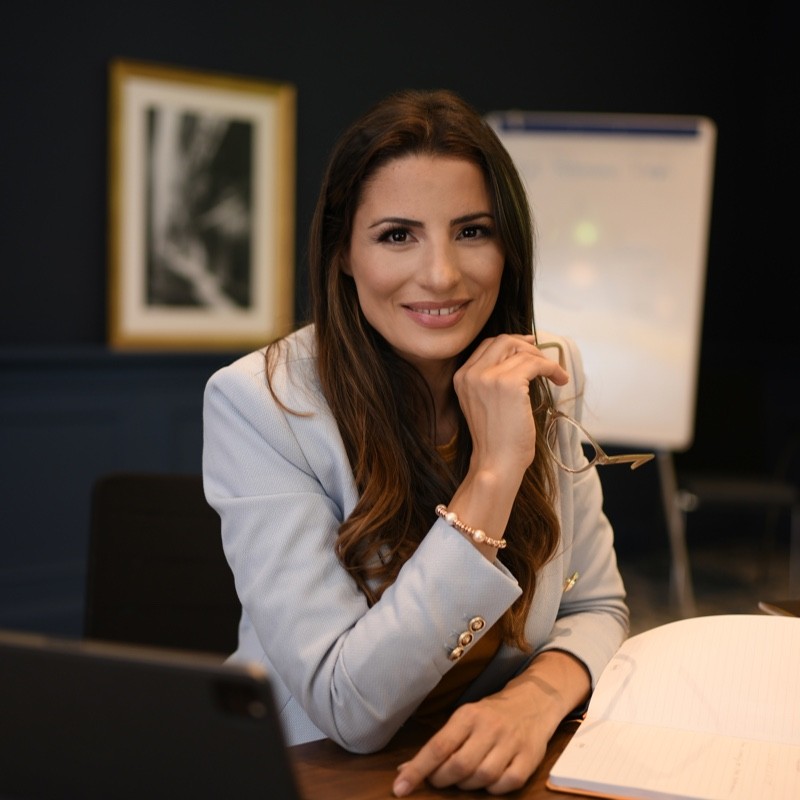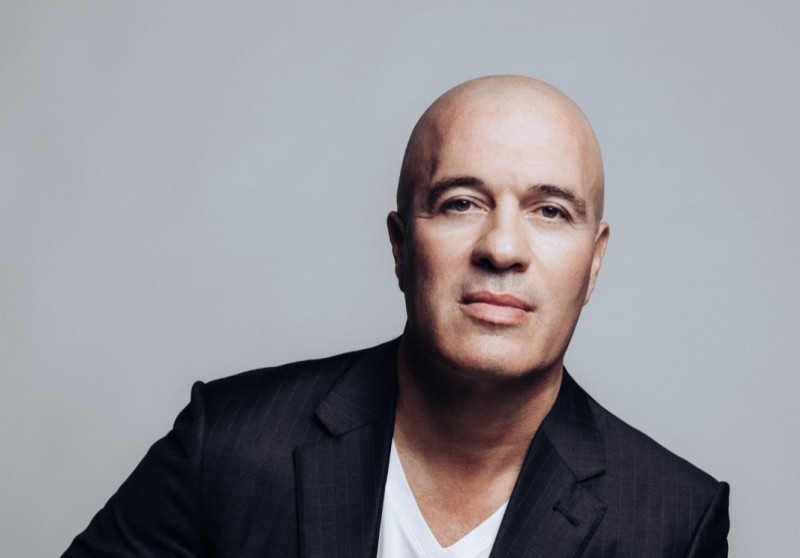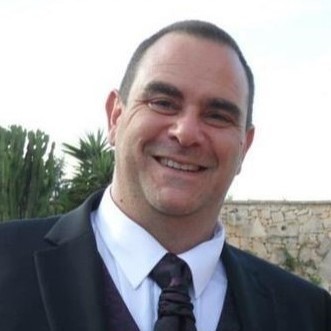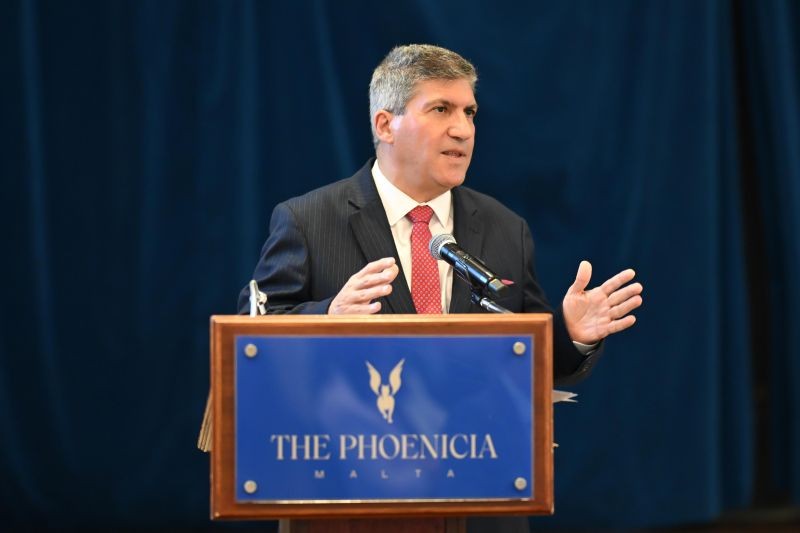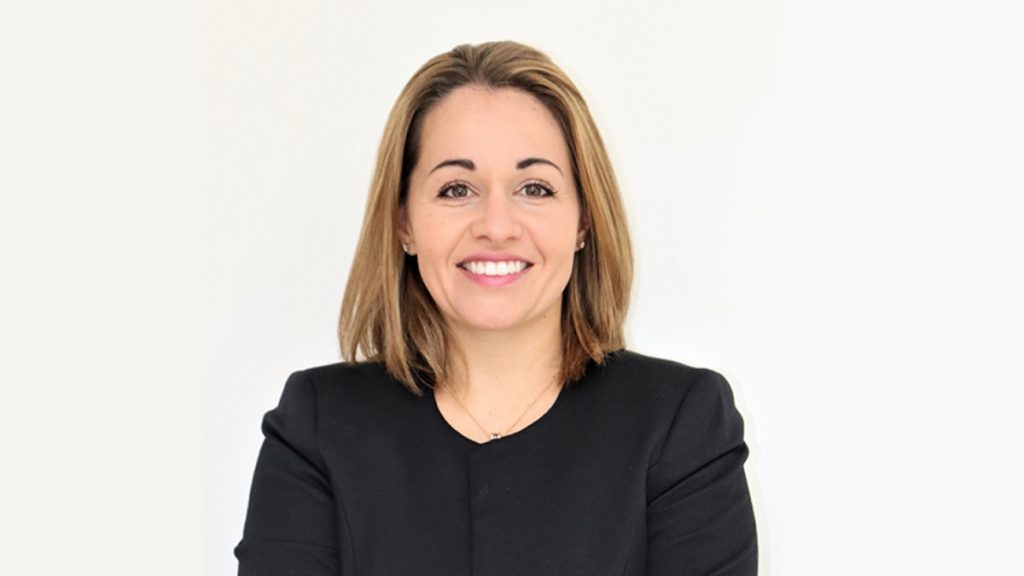Every year as the clock strikes midnight the New Year’s resolutions start flooding in. New gym memberships, to a return of healthy eating habits and sticking to office hours are among the most common, and the most difficult to stick to.
Indeed, these resolutions, usually result in a long list of new habits that end up shocking the body. On the other hand, setting new goals is important both on a professional and personal level, so where does one strike a balance?
Louise Ellul, in an interview with MaltaCEOs.mt discussing the power of flow science for business leaders, reveals that there is one useful method, that can effectively create that balance, whilst also giving you space to stop and realign yourself in the eventuality that your set goals prove to be unsustainable in the short run.
Ms Ellul is emerging Workplace Performance Strategist and Founder, who specialises in enhancing corporate well-being and productivity through flow neuroscience and optimal human performance strategies.
“Lots of people feel this way, especially when you already have a lot of things on your mind. But if you use the buffer time method, you can afford making mistakes without tampering with your goals or even establish new ones,” Louise Ellul stated.
First thing’s first: connecting with your inner child to leverage greater creativity and clarity
Ms Ellul explains that the idea of having a new goal, or a target often overshadows the level of work and commitment required.
“At times, the initial excitement while embarking on a project can create a perception of completing it in a shorter time, say five months, when the reality might necessitate a year or even more,” she explains.
Consequently, she emphasises that merely jotting down an endless list of goals without devising actionable solutions to attain them often triggers stress and tension.
However, she believes that the first step towards dialling down the stress, is by connecting with one’s inner child through the act of writing with a pencil. How is this relevant?
“The exercise is very simple yet profoundly effective. Anyone with a set of goals that they want to obtain should jot them down on a paper with pencil. When we were children, we learned how to write with the use of the pencil and I believe this exercise connects you to your roots,” she explains.
In addition, Ms Ellul adds that when one writes down goals with a pencil. “By writing down your goals with a pencil, you engage in a tactile exercise that taps into fundamental brain functions. This act of handwriting stimulates areas in the brain linked to creativity and memory, enhancing the clarity and visualisation of your goals.”
She further notes that the physical motion of writing connects directly with their thoughts, facilitating a deeper engagement with their goals. “This method, rooted in neuroscience, activates the brain’s regions responsible for planning and foresight, essential leadership and decision-making.”
Setting smaller goals, timeframes, and deadlines
Say that your top priority is to have a business up and running in two years’ time. The idea sounds great but where does one begin?
Ideally, Ms Ellul says, when planning out one’s goals, it is imperative to set smaller goals and targets, breaking them down into bite-size, actionable steps. “The smaller goals you accomplish, the more you motivate yourself to move forward,” she remarks.
By “reverse-engineering” goals individuals can visualise the end-point more realistically. Setting up checkup points is also “crucial” to make sure that there are no deviations.
Additionally, she believes that each goal should be centred around one’s passions and values. “Effective planning of goal aligns you with your purpose and, curiosities. Autonomy will further encourage the individual to work on it further. Once completed, the person behind the goal will certainly feel rewarded and satisfied with all the work put in.”
‘By planning out buffer times you are giving yourself space for setbacks, mistakes, or new opportunities that you didn’t anticipate’
Ms Ellul comments that when it comes to goal planning, it is important to understand that despite investing dedicated time and effort, not everything will proceed according to plan.
She says that, when considering everyday tasks, some tend to consume more time than initially anticipated, while others might require considerably less. Building on this observation, she strongly recommends the buffer time method, a principle she applies to her daily life.
“When I plan five tasks a day, I slot in an extra 30 minutes for buffer time, so that if I am held up with one task, it does not take away time from others. This way, I prevent from rushing other tasks leading to low quality of work. The same can be applied to long-term goals. Allowing months or weeks as buffer-time can be essential to catch up when things go wrong or you are offered other opportunities which should not be missed,” Ms Ellul explains.
Achieving different aims simultaneously is usually not impossible, what’s important in this case, says Ms Ellul, is to connect with your goals.
“By knowing that you have time to stop and pick up on your initial goal, you can look at it and acknowledge that despite the challenges, you are able to face it through. Ultimately, that’s the best motivation,” Ms Ellul aptly points out.
‘Don’t be just a leader in title but a beacon of inspiration’
Towards the end of the interview, Ms Ellul addresses leaders and CEOs and invites them to commit to “not being just a leader in title, but a beacon of inspiration and a model of strategic focus.” Ms Ellul adds that leaders’ actions will not only elevate their own performance but will also ignite a chain reaction of positive change throughout their respective organisations.
“Science has repeatedly shown us that decisions rooted in a growth mindset – inspired by positive psychology, well-being and flow science – dramatically enhance our physiological and psychological resourcefulness,” she says.
Finally, Ms Ellul remarks that this elevation in mental clarity, decision-making acumen and resilience empowers them to navigate organisational challenges “with unparalleled ease.”
A CEO’s guide to resolving conflict with empathy and professionalism
Even the most harmonious work environments can be disrupted by conflict.
Summer plans, hidden gems and seasonal delights: How Malta’s CEOs are spending the season
The perfect summer doesn’t need to be extravagant; it just needs good company, food, and a breather.
Men still dominating Malta’s boardrooms
The gender imbalance across Malta’s corporate landscape remains striking.
Lara Falzon appointed CEO of Yolo Group’s B2B Brands
The experienced executive said the firm has 'enormous potential for innovation, strengthening partnerships and scaling across global markets'


